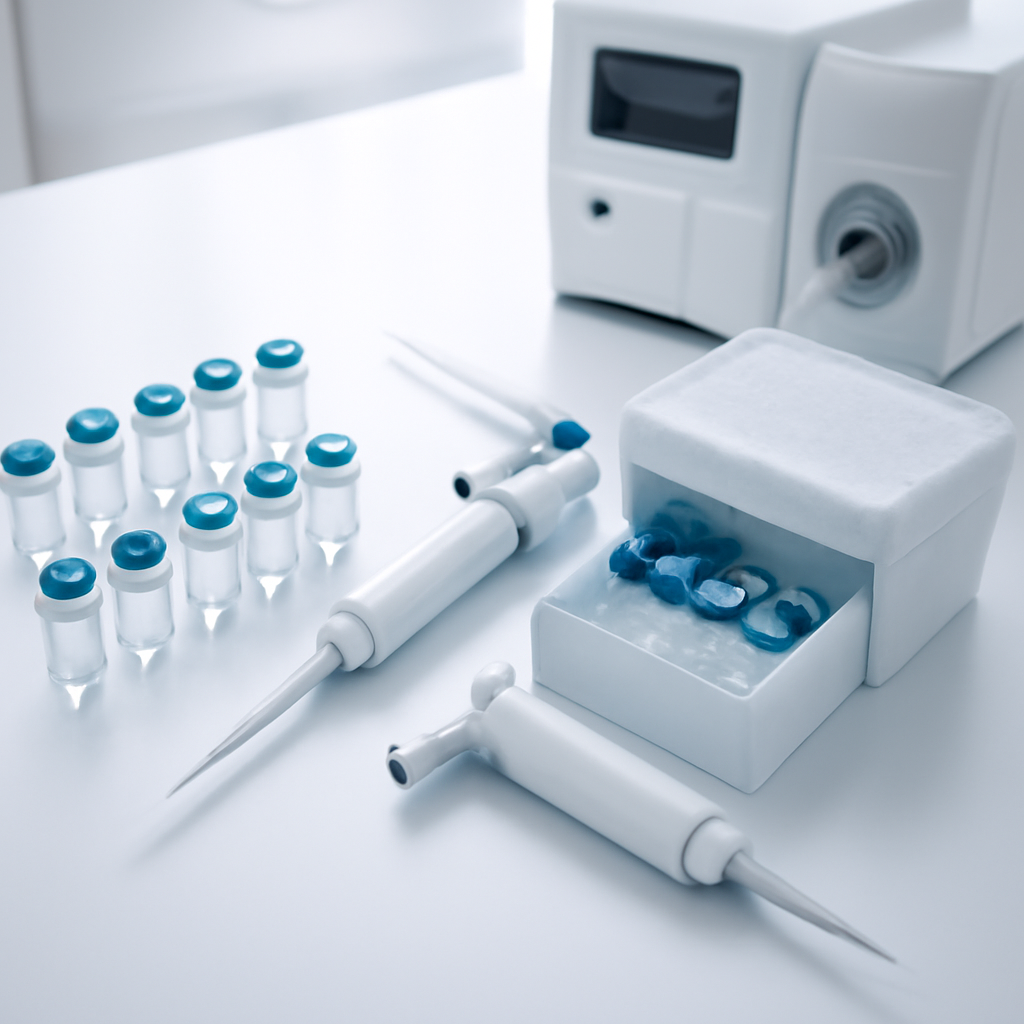Understanding GHRP-6 and Its Role in Research
GHRP-6, or Growth Hormone Releasing Peptide-6, is a synthetic peptide that has garnered significant interest in preclinical research due to its ability to stimulate the secretion of growth hormone. Its mechanisms are being extensively studied to understand its potential impact on cellular pathways involved in growth and metabolic regulation. As research progresses, GHRP-6 serves as an important tool for scientists exploring the intricacies of growth hormone regulation and its broader biological effects, without any implications for human or veterinary use.
Peptide Background and Scientific Properties
GHRP-6 is a hexapeptide composed of six amino acids, designed to mimic endogenous growth hormone secretagogues. It exhibits high stability under laboratory storage conditions and interacts specifically with the growth hormone secretagogue receptor (GHS-R1a). Its molecular structure allows it to cross cell membranes easily, facilitating its action at receptor sites. In preclinical studies, GHRP-6 demonstrates a capacity to modulate the hypothalamic-pituitary axis, leading to increased secretion of endogenous growth hormone, which plays a pivotal role in cellular growth, regeneration, and metabolic processes.
Mechanisms of Action
Cellular Pathways Affected
GHRP-6 exerts its effects primarily by binding to the growth hormone secretagogue receptor (GHS-R1a) located on somatotrophic cells of the anterior pituitary. This receptor activation triggers a cascade involving second messengers such as phospholipase C and protein kinase C, ultimately stimulating the release of growth hormone. Additionally, GHRP-6 influences the hypothalamus to modulate the release of somatostatin and growth hormone-releasing hormone (GHRH), further regulating growth hormone secretion through feedback mechanisms.
Receptor Interactions
At the molecular level, GHRP-6 exhibits high affinity for GHS-R1a, a G-protein-coupled receptor crucial for growth hormone secretion. Its binding affinity and efficacy have been characterized in various preclinical models, providing insight into dose-response relationships and receptor activation thresholds. These interactions are fundamental for understanding how GHRP-6 can be utilized as a research tool to probe growth hormone-related pathways in vitro and in vivo.
Research Use and Experimental Protocols
In preclinical research, GHRP-6 is typically administered via subcutaneous or intraperitoneal injections. Dosing regimens vary depending on the model and the specific research objectives, but common doses range from 100 to 500 micrograms per kilogram of body weight. Treatment durations can span from acute single doses to chronic administration over several days or weeks. Researchers monitor serum growth hormone levels, downstream signaling pathways, and physiological responses to assess the peptide’s effects. Proper storage of GHRP-6 involves maintaining it at -20°C in lyophilized form, protected from light and moisture, to preserve stability and activity.
Comparison with Other Growth Hormone Secretagogues
GHRP-6 is often compared with other peptides such as CJC-1295 and Tesamorelin, which also stimulate growth hormone release but differ in their mechanisms, duration of action, and receptor specificity. While GHRP-6 acts primarily via GHS-R1a, CJC-1295 extends the half-life of GHRH analogs, leading to sustained growth hormone elevation. Researchers select specific peptides based on experimental goals, whether studying short-term signaling or long-term physiological effects.
Storage, Stability, and Handling
GHRP-6 should be stored at -20°C in a lyophilized state, protected from light and moisture to maintain its integrity. When reconstituted, it can be dissolved in sterile water or buffer solutions and stored at 4°C for short-term use, typically within a week. Proper handling involves avoiding repeated freeze-thaw cycles to prevent degradation. Stability studies indicate that GHRP-6 remains potent under these conditions, making it suitable for rigorous research applications.
Conclusion
GHRP-6 remains a valuable research peptide for exploring growth hormone regulation and related cellular pathways. Its well-characterized mechanisms and receptor interactions facilitate a wide range of experimental studies, from molecular signaling to physiological effects in preclinical models. Ongoing research continues to elucidate its potential applications in understanding growth-related processes, emphasizing the importance of precise dosing, storage, and handling to ensure experimental success.
Disclaimer: This content is for educational and research purposes only. None of the peptides mentioned are intended for human use.


